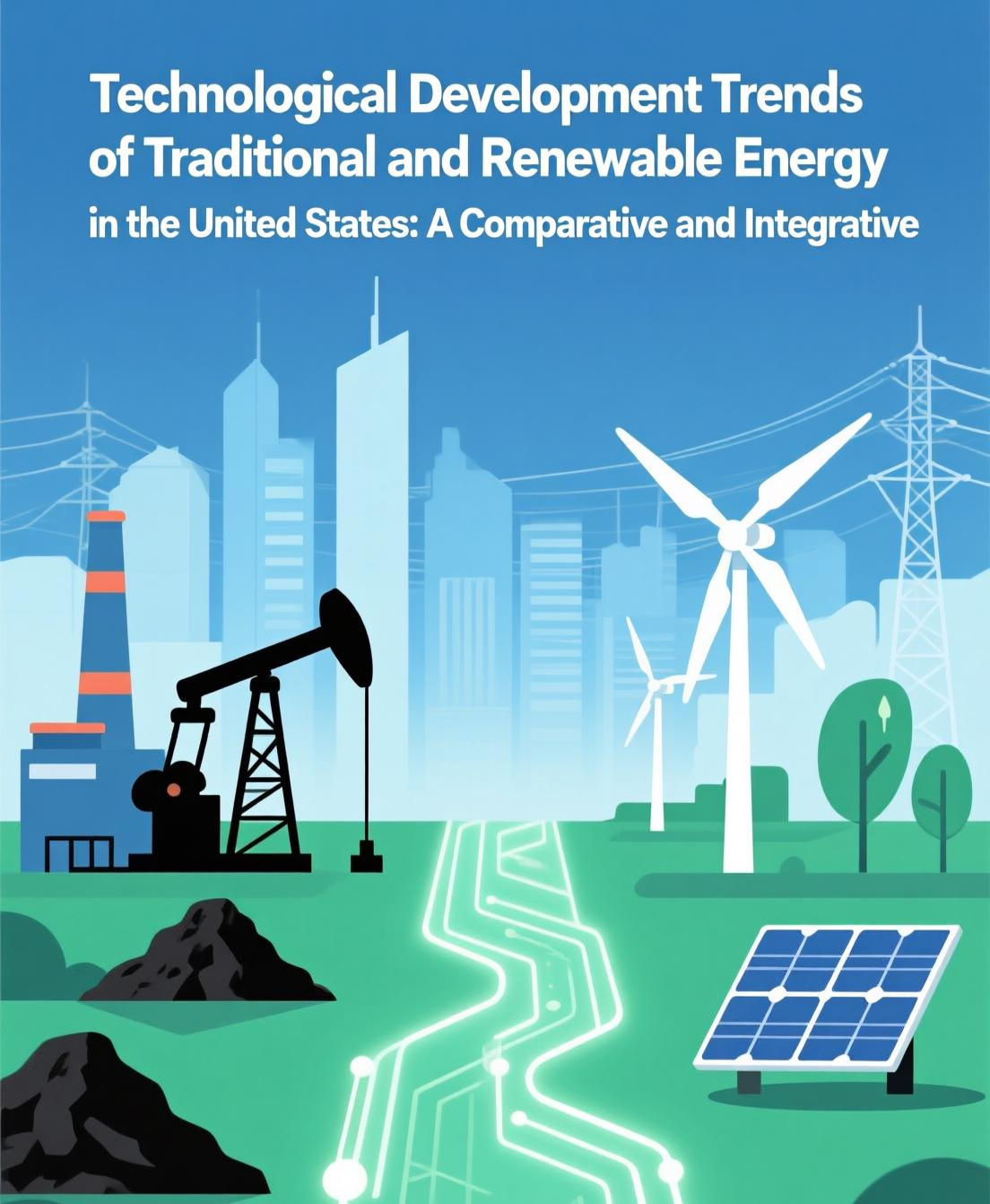Technological Development Trends of Traditional and Renewable Energy in the United States: A Comparative and Integrative Analysis
Abstract
The U.S. energy sector, a cornerstone of global economic and geopolitical stability, is undergoing a paradigm shift driven by technological innovation, policy intervention, and climate imperatives. This paper provides a comprehensive analysis of the technological development trends of traditional (fossil fuel-based) and renewable (solar, wind, storage, etc.) energy systems in the U.S. from 2000 to 2023, with projections extending to 2050. By integrating data from the U.S. Energy Information Administration (EIA), International Energy Agency (IEA), and National Renewable Energy Laboratory (NREL), alongside case studies and policy evaluations, we identify three overarching narratives: (1) Traditional energy technologies are evolving toward efficiency and decarbonization rather than rapid phase-out; (2) Renewables are experiencing exponential growth due to cost collapses and policy tailwinds, now dominating new capacity additions; and (3) Hybrid systems—combining fossil fuels with renewables, storage, and carbon management—are emerging as a critical bridge to a low-carbon future. These trends have profound implications for U.S. energy security, economic competitiveness, and global climate mitigation efforts.

